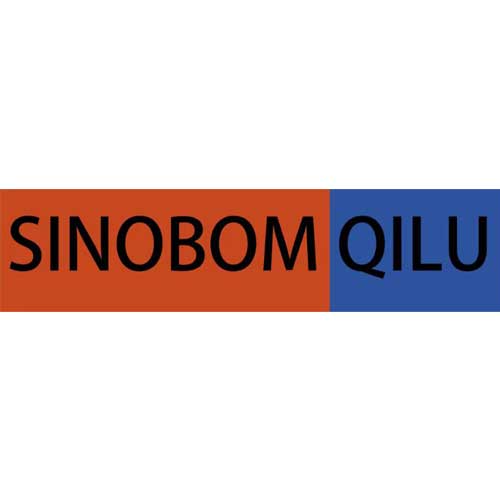Bienvenue sur mon blog !
Avant de plonger dans le contenu, j'aimerais que vous me rejoigniez sur mes plateformes de médias sociaux où je partage plus d'informations, je m'engage avec la communauté et je publie des mises à jour. Voici comment vous pouvez vous connecter avec moi :
Facebook:https://www.facebook.com/profile.php?id=100087112105480
LinkedIn:https://www.linkedin.com/showcase/99327366/admin/dashboard/
Maintenant, commençons notre voyage ensemble. J'espère que vous trouverez le contenu de ce site perspicace, intéressant et utile.
Table des matières
Introduction
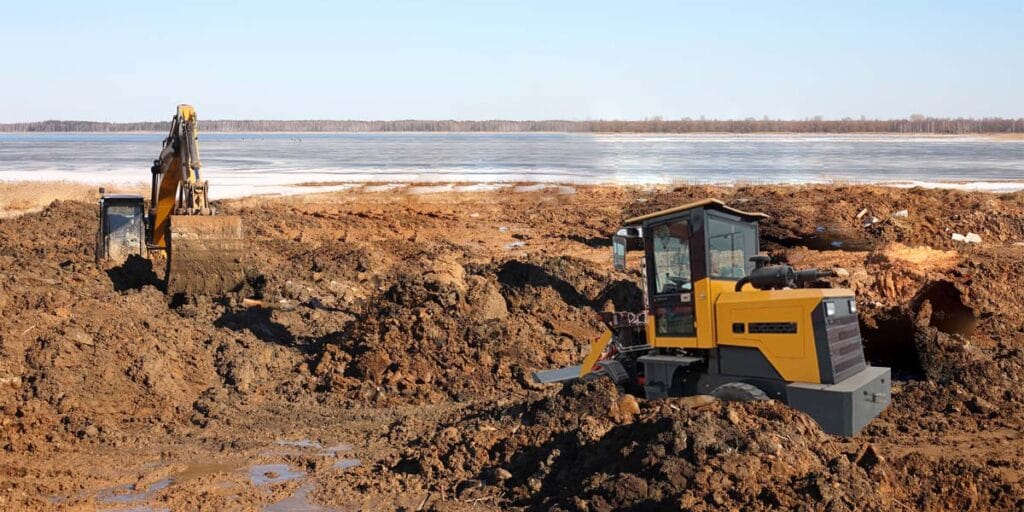
Les excavatrices sont classées en fonction de leur taille, et chaque taille est conçue pour des tâches spécifiques. La taille d'une excavatrice a une incidence sur ses performances, sa capacité de levage, sa portée et sa polyvalence. Les projets de construction varient en termes d'ampleur, de sorte que la taille idéale dépend de facteurs tels que le type de travail, le terrain et l'espace disponible. Comprendre les différentes tailles d'excavatrices peut aider les entrepreneurs et les chefs de projet à prendre des décisions plus éclairées, en s'assurant qu'ils tirent le meilleur parti de leur équipement.
Mini-pelles : La plus petite taille pour un travail de précision
Les mini-pelles sont parmi les plus petites pelles disponibles, pesant généralement entre 1 et 6 tonnes. Ces machines compactes sont idéales pour les projets où l'espace est limité ou lorsque le travail exige précision et maniabilité. Les mini-pelles excellent dans la construction urbaine, l'aménagement paysager et les projets d'excavation à petite échelle.
Caractéristiques des mini-pelles :
- Taille et maniabilité : Les mini-pelles peuvent facilement s'adapter aux espaces restreints, ce qui les rend parfaites pour les environnements urbains et les zones résidentielles.
- Performance : Malgré leur petite taille, ils sont suffisamment puissants pour effectuer des tâches telles que le creusement de tranchées, le levage et l'excavation.
- Polyvalence : Des accessoires tels que des tarières, des brise-roches et des pinces hydrauliques peuvent être ajoutés pour améliorer leur fonctionnalité.
Les mini-pelles sont souvent la solution privilégiée par les entrepreneurs qui ont besoin de flexibilité et de performances dans des espaces confinés.
Pelles hydrauliques de taille moyenne : équilibre entre puissance et taille
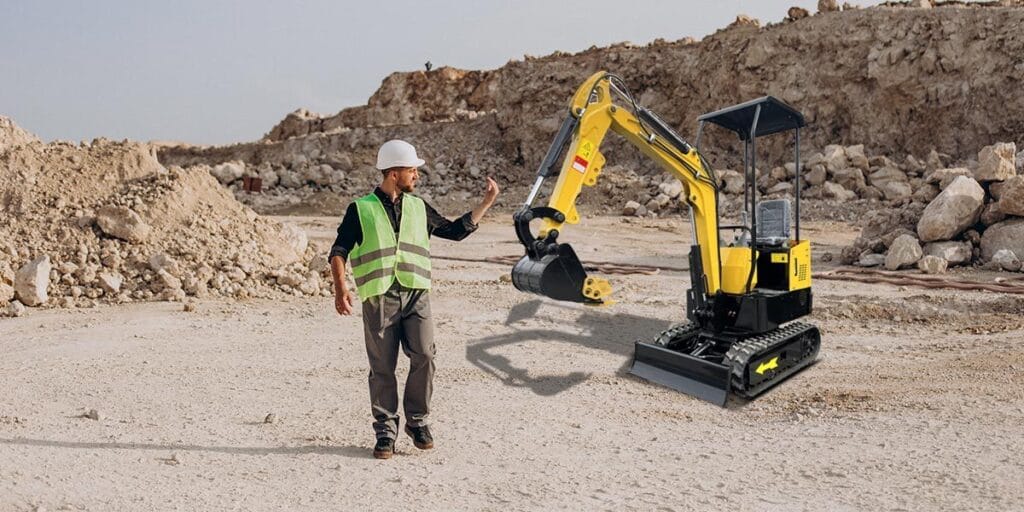
Les pelles hydrauliques de taille moyenne pèsent généralement entre 6 et 15 tonnes. Ces machines sont idéales pour les projets qui nécessitent plus de puissance qu'une mini-pelle ne peut en fournir, tout en conservant une certaine maniabilité. Les pelles hydrauliques de taille moyenne sont couramment utilisées sur les chantiers de construction de taille moyenne à grande, où il est essentiel de combiner puissance, portée et efficacité en termes de taille.
Caractéristiques des pelles hydrauliques de taille moyenne :
- Puissance et portée : Les pelles hydrauliques de taille moyenne peuvent effectuer un plus large éventail de tâches, notamment le terrassement, la démolition et la manutention de matériaux, tout en conservant une taille maniable.
- Stabilité accrue : Ces machines offrent une meilleure stabilité et une plus grande capacité de levage que les mini-pelles.
- Pièces jointes et options : Les machines de taille moyenne peuvent être équipées d'outils spécialisés tels que des grappins, des marteaux et des godets afin de répondre à différents besoins dans le domaine de la construction.
Les pelles hydrauliques de taille moyenne sont polyvalentes, ce qui en fait un choix populaire pour des projets tels que la construction de routes, l'aménagement paysager et l'installation de services publics.
Grandes excavatrices : conçues pour les travaux de construction lourds
Les grandes excavatrices pèsent entre 16 et 45 tonnes et sont conçues pour les tâches lourdes sur les chantiers de construction à grande échelle. Ces machines ont la puissance et la portée nécessaires pour s'attaquer à des tâches plus complexes telles que le creusement de grandes fondations, l'exploitation minière et le terrassement lourd.
Caractéristiques des grandes excavatrices :
- Moteurs puissants : Les grandes excavatrices sont équipées de moteurs plus puissants, ce qui leur permet de manipuler des matériaux plus résistants et de fonctionner pendant des périodes plus longues.
- Portée étendue : Avec un bras plus long et une plus grande profondeur d'excavation, ces excavatrices sont parfaites pour les travaux de creusement en profondeur et les excavations à grande échelle.
- Capacité de levage lourde : Leur grande capacité de levage les rend idéales pour la manutention de matériaux et le déplacement de grandes quantités de terre ou de débris.
Les grandes excavatrices sont souvent utilisées dans les grands projets de construction, tels que les immeubles de grande hauteur, le développement des infrastructures et les opérations minières.
Les excavatrices géantes : les géants de l'industrie de la construction
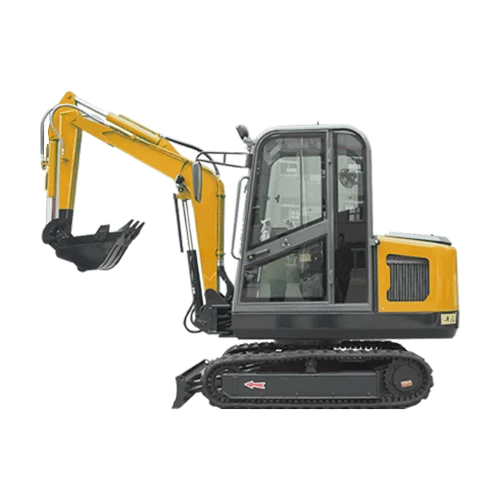
Les excavatrices super lourdes sont les plus grosses machines de l'industrie, avec un poids souvent supérieur à 45 tonnes. Ces machines géantes sont utilisées dans l'exploitation minière, les travaux de terrassement à grande échelle et d'autres tâches extrêmement exigeantes.
Caractéristiques des excavatrices super grandes :
- Capacité de levage massive : Les excavatrices super lourdes peuvent manipuler les charges les plus lourdes, ce qui les rend indispensables dans les projets miniers et les grands chantiers de construction.
- Portée et profondeur étendues : Elles sont capables d'atteindre des profondeurs et des zones inaccessibles aux machines plus petites, ce qui les rend adaptées aux excavations extrêmement profondes.
- Durabilité et efficacité : Ces machines sont conçues pour résister aux conditions les plus difficiles, avec des structures renforcées et des moteurs conçus pour fonctionner dans les conditions les plus exigeantes.
Les excavatrices super-grandes, qui représentent les plus grandes tailles d'excavatrices, sont utilisées dans les grands projets d'infrastructure, les opérations minières à grande échelle et d'autres domaines où une puissance et une portée énormes sont requises. Ces machines sont conçues pour accomplir les tâches les plus exigeantes, illustrant ainsi toute la gamme des tailles d'excavatrices disponibles dans l'industrie.
Tableau comparatif des tailles des excavatrices
Le tableau suivant présente une comparaison des quatre tailles d'excavatrices les plus populaires en fonction de facteurs clés tels que le poids, la portée et les utilisations courantes. Cet aperçu peut vous aider à comprendre les principales différences entre les tailles d'excavatrices disponibles sur le marché.
| Taille de la pelle hydraulique | Gamme de poids | Portée | Capacité de levage | Applications typiques |
|---|---|---|---|---|
| Mini-pelle | 1 à 6 tonnes | 3 à 5 mètres | Jusqu'à 1 500 kg | Aménagement paysager, petits travaux de construction |
| Pelle moyenne | 6 à 15 tonnes | 5 à 7 mètres | Jusqu'à 4 000 kg | Construction routière, services publics, excavation |
| Grande excavatrice | 16 à 45 tonnes | 7 à 10 mètres | Jusqu'à 12 000 kg | Heavy-duty construction, mining |
| Super Large Excavator | 45+ tons | 10-15 meters | Over 20,000 kg | Mining, large-scale earthmoving |
Conclusion
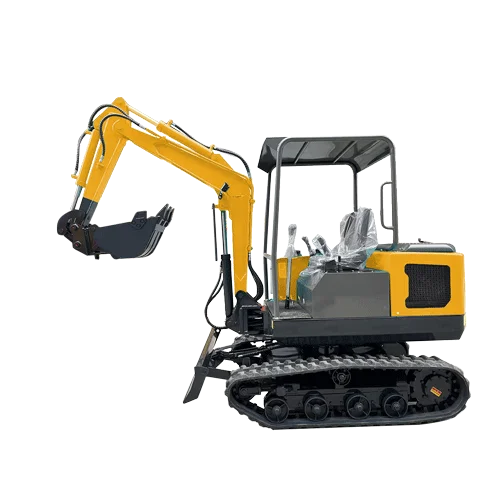
The size of an excavator is a crucial consideration when selecting equipment for your construction project. While mini excavators are ideal for tight spaces and precision tasks, larger machines like mid-size, large, and super large excavators offer the power and reach needed for heavy-duty work. The key is to match the excavator size with the demands of your project, taking into account factors like site conditions, task complexity, and lifting requirements.
Ultimately, selecting the right excavator size can make a significant impact on your project’s efficiency and cost-effectiveness. Be sure to consult with equipment providers or rental companies to assess your needs and determine which size best suits your construction goals.
FAQ
Quelle taille d'excavatrice convient le mieux aux petits projets ?
Mini excavators are ideal for small projects due to their compact size and maneuverability. They are perfect for tasks like landscaping, trenching, and digging in confined spaces.
Une mini-pelle peut-elle effectuer des tâches lourdes ?
While mini excavators are powerful for their size, they are not suitable for heavy-duty tasks that require significant lifting or digging depth. For such tasks, a mid-size or large excavator is a better choice.
Quels sont les avantages d'utiliser une grande excavatrice ?
Large excavators offer greater lifting capacity, reach, and digging depth compared to smaller machines. They are best suited for large-scale projects such as foundation digging, earthmoving, and demolition.
Comment savoir quelle taille d'excavatrice convient à mon projet ?
To choose the right excavator size, assess the scope of your project, the terrain, and the specific tasks you need to accomplish. A mini excavator is good for small spaces and light work, while a larger excavator is necessary for heavy-duty digging, lifting, and earthmoving.
Puis-je utiliser une excavatrice de taille moyenne pour les petits et les grands projets ?
Mid-size excavators are versatile machines that can handle a wide range of tasks. While they may not have the extreme reach or lifting capacity of large excavators, they are suitable for many construction projects that require a balance of power and maneuverability.
Quels sont les coûts d'exploitation des excavatrices de différentes tailles ?
The operating costs vary depending on the excavator size. Smaller machines generally have lower fuel and maintenance costs, while larger machines may incur higher operational expenses due to their greater power and complexity.
